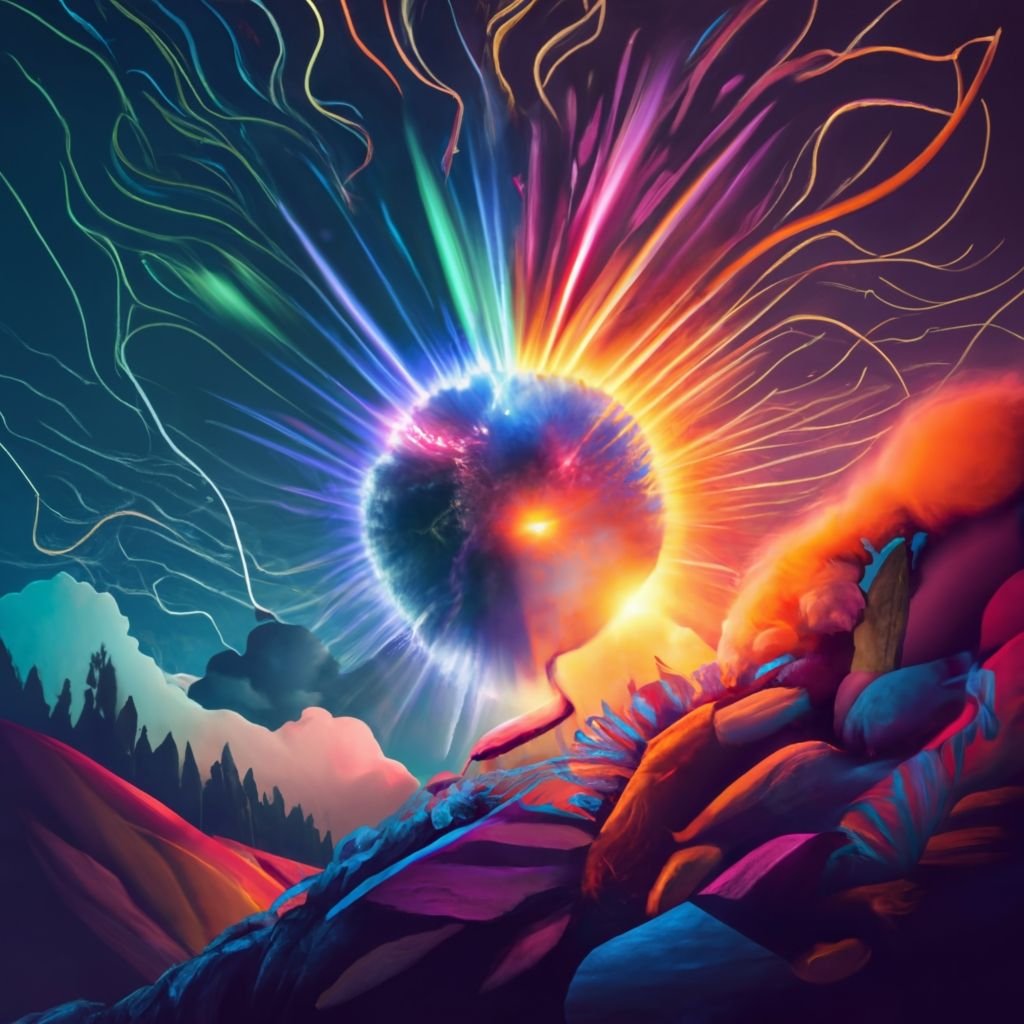Electricity has a rich history marked by significant discoveries that have shaped the modern world. The understanding of electricity began with the ancient Greeks, who discovered static electricity by rubbing amber with fur. In the 18th century, Benjamin Franklin's famous kite experiment established the connection between lightning and electricity. This led to the development of lightning rods to protect buildings from lightning strikes.
The 19th century saw pivotal advancements in electricity with Michael Faraday's work on electromagnetic induction, leading to the invention of the electric motor and generator. Thomas Edison's development of the practical incandescent light bulb in 1879 revolutionized indoor lighting, making it accessible to the masses. The subsequent development of alternating current (AC) by Nikola Tesla allowed for the efficient long-distance transmission of electricity.
Power plants generate electricity by converting various forms of energy such as coal, natural gas, nuclear, or renewable sources into electrical power through a series of processes. These processes typically involve using heat to boil water and create steam that drives turbines connected to generators, producing electricity. The use of magnetism in electrical generation, such as in hydroelectric dams and wind turbines, has paved the way for sustainable energy sources.
Looking ahead, the future of electricity holds promise in renewable energy sources like solar and tidal power, as well as advancements in energy storage technologies. The evolution of electric vehicles and smart homes indicates a shift towards a more connected and sustainable electrical ecosystem. As research and development in the field of electricity progress, society can expect further breakthroughs that will shape the way we harness and utilize this fundamental force of nature.
-
0 at the Beginning: Weather patterns include lightening storms, trees can catch fire when struck by lightening. Fire, and energy by default
600 BC: Thales of Miletus discovers static electricity by rubbing amber with fur.
1600: William Gilbert coins the term "electricity" from the Greek word for amber.
1745: Pieter van Musschenbroek invents the Leyden jar, the first capacitor.
1752: Benjamin Franklin conducts his famous kite experiment to prove lightning is a form of electricity.
1800: Alessandro Volta invents the first chemical battery, the voltaic pile.
1804: The first successful steam locomotive test is conducted by Richard Trevithick, paving the way for modern railways.
1820: Hans Christian Oersted discovers that an electric current creates a magnetic field.
1831: Michael Faraday discovers electromagnetic induction, leading to the first electric generator.
1879: Thomas Edison invents the electric light bulb, improving on previous designs.
1882: The first commercial power station, London's Pearl Street Station, opens.
1954: The first practical solar cell is developed by Bell Laboratories.
1954: The world’s first nuclear power plant, or power station, opens in the USSR (now Russia)
1991: Tim Berners-Lee launches the World Wide Web, revolutionizing communication powered by electricity.
2007: Apple releases the first iPhone, changing the landscape of mobile technology.
2010: Introduction of Tesla's Powerwall, a rechargeable lithium-ion battery designed to store electricity for residential consumption.
2017: Grid-scale energy storage projects using technologies like flow batteries and compressed air energy storage to store excess electricity and balance the grid.
2022: Advancements in supercapacitors, providing rapid charging and discharging capabilities for electric vehicles and electronic devices.
2023: Breakthrough in hydrogen fuel cells for large-scale electricity storage, offering a clean and efficient way to store renewable energy.
-
Where does electricity come from?
What is electricity and how much does it cost?
-
Add a short summary or a list of helpful resources here.
